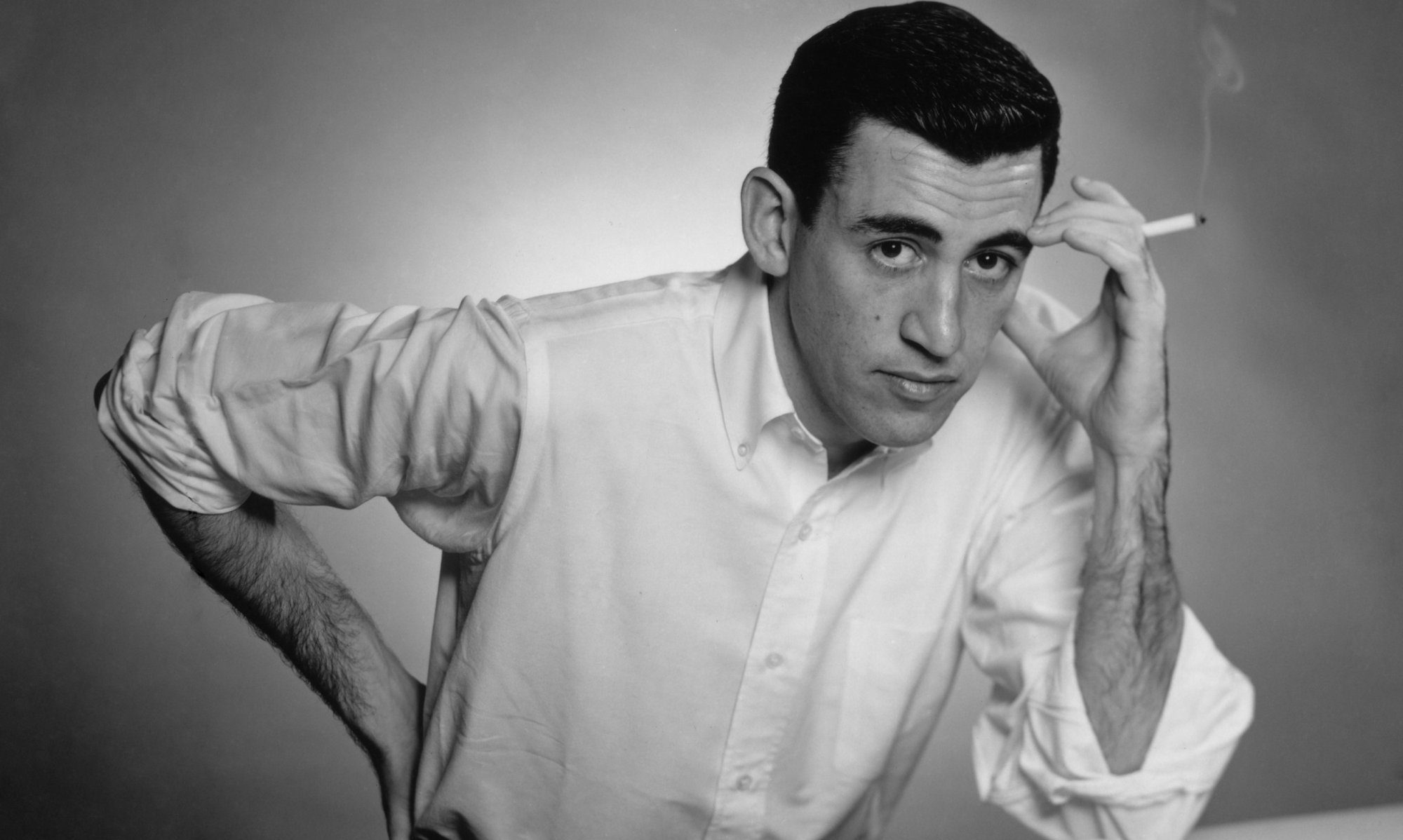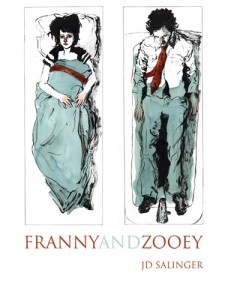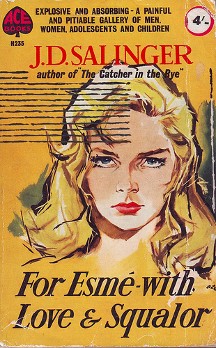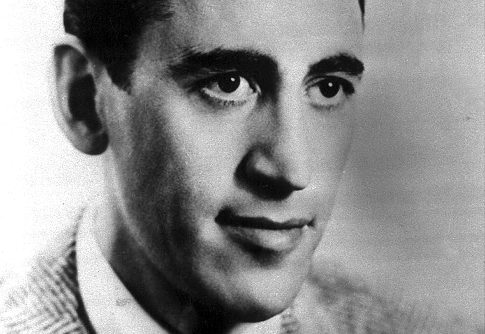
Written by Elizabeth Downing Johnson – December 2009
J.D. Salinger’s novel The Catcher In The Rye has attracted a lot of attention in its 58 years of literary life. Published in 1951, the novel received mixed critical reviews, garnering praise from The New Yorker, The Book-of-the-Month Club, Atlantic, Time, and Saturday Review (to name a few), but receiving criticism from publications like The New Republic, The Nation, New York Herald Tribune, Catholic World, and The Christian Science Monitor. A decade later, schools and libraries would ban The Catcher in the Rye, stating that the language was inappropriate and that the themes were blasphemous and immoral. Mark David Chapman, the man who shot John Lennon, testified that he was sure that “the large part of me is Holden Caulfield,” (Jones, 1), and John Hinckley Jr,’s attempt on Ronald Reagan’s life, as well as Robert John Bardo’s murder of a young television star, are also associated with the novel.
Obviously, not all press is good press, and despite Salinger’s notorious reclusive behavior, readers of The Catcher in the Rye can be sure that Salinger’s intention was not to encourage psychotic behavior. Along with this assumption, one could also assume that Salinger’s intention was not to spawn a published “Unauthorized Fictional Examination of the Relationship Between J.D. Salinger and his Most Famous Character,” which is the claim printed on the back cover of a book titled 60 Years Later: Coming Through the Rye. This book, written by one Fredrik Colting (pen name J.D. California) was the topic of many news stories in the summer of 2009. In fact, Salinger’s legal representation put a stop to the book’s American publication, stating that the book was a “rip off, pure and simple” (Staff, Concord Monitor). Since the book is still (as of December, 2009) unpublishable in the United States, so far no examination has been made to discern whether the book actually “works” as a sequel or as a “fictional examination” of Salinger and his relationship with Holden Caulfield. In order to do this, one would have to read 60 Years Later and compare it to the themes and style of The Catcher in the Rye. Luckily, (or unluckily), I have done so, and will attempt herein to give an objective analysis of the book and its relationship to Salinger’s masterpiece. Despite any attempt at objectivity, the textual and thematic analysis will prove that Colting’s attempt falls short of its goal.
In any comparative analysis, the best place to start is the text itself. Themes are debatable, but the text itself does not lie. This will be the first step in our journey, only after an introduction to 60 Years Later: Coming Through The Rye for those who have not had the chance (or the inclination) to buy it from another country. The plot of the novel follows an elderly Mr. C., who wakes up in a nursing home thinking that he is still the young Holden Caulfield from The Catcher in the Rye. He is confused and thinks that his brother D.B. has been there the week before (while we find out later in the novel that D.B. died some time ago from a drug overdose), and he is shocked when he looks in the mirror and sees an old man looking back at him. The narrative is interrupted intermittently by italicized text that is supposed to be Salinger himself pondering over the fact that Holden seems to have had a whole life in the years since Salinger wrote his original story. The second chapter consists of only two sentences, “I’m bringing him back. After all these years I’ve finally decided to bring him back” (Colting, 9). The first four chapters are a slightly hallucinogenic account of Mr. C.’s description of his surroundings and his realization that he is now an old man. The end of the forth chapter ends with another section of what is supposed to be Salinger’s internal narrative, wherein he decides that
The most important rule, the one you cannot break or go around, is that everyone here needs to have a past. It’s really true everywhere but especially so here. If you don’t have a past you don’t exist. So I have to give him something to hold on to; I need to give him a life. Right now he’s confused, the poor boy. Who wouldn’t be? But it will pass. This very moment he is nothing but empty space. He is like a piece of paper upon which you have once started a story,and then locked in a box and buried deep in the ground. Now, 60 years later, you dig that same box up and continue the story from where the last sentence ended (Colting, 36).




